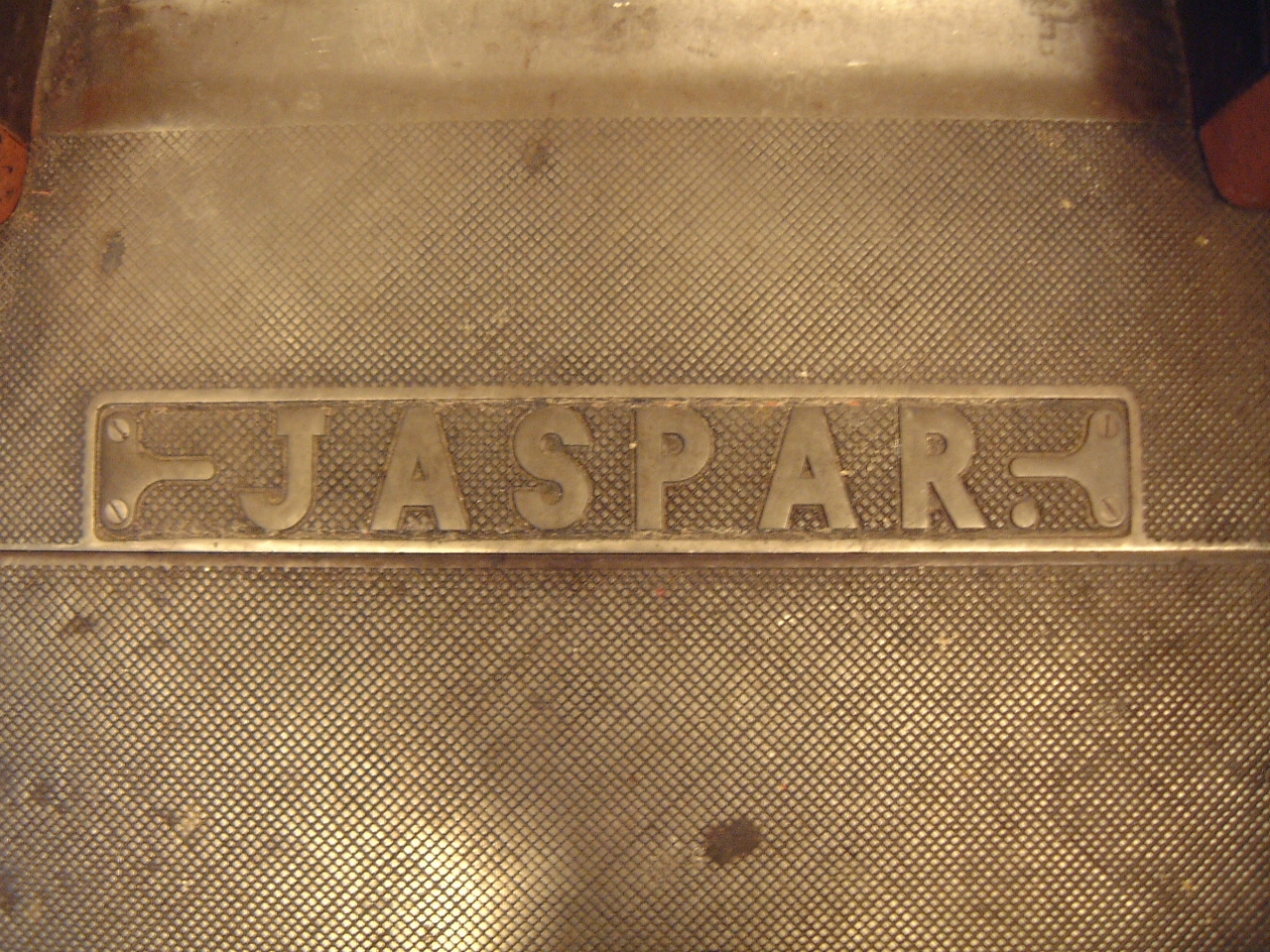 Tube heat exchanger products are integral components in a wide range of industries, including power generation, chemical manufacturing, and HVAC systems. These devices transfer heat between two fluids, ensuring efficient temperature control in various applications. The design and structure of tube heat exchangers makes them adaptable and dependable in both industrial and commercial settings.
Tube heat exchanger products are integral components in a wide range of industries, including power generation, chemical manufacturing, and HVAC systems. These devices transfer heat between two fluids, ensuring efficient temperature control in various applications. The design and structure of tube heat exchangers makes them adaptable and dependable in both industrial and commercial settings.
Tube heat exchangers primarily consist of a series of tubes, Our Webpage one set for hot fluid and another for cold fluid. The hot fluid passes through one set of tubes, while the cold fluid circulates around or through a separate set. This design allows heat transfer to occur without the fluids mixing, keeping the fluids separate while effectively transferring heat.
There are several configurations of tube heat exchangers, the most common being shell and tube heat exchangers. In this configuration, multiple tubes are enclosed within a cylindrical shell, allowing one fluid to flow through the tubes and another to flow around them within the shell. Double-pipe heat exchangers have a straightforward design with one pipe nested inside another, offering a compact solution for smaller-scale applications. U-tube models, where tubes are bent into a U-shape, allow for thermal expansion and are ideal for situations where temperature fluctuations are common.
Tube heat exchangers are designed for robustness and efficiency. The materials, usually stainless steel, copper, or titanium, are chosen based on the operating conditions and fluids. Resistance to corrosion is essential, particularly in chemical industries with harsh fluids. The construction facilitates easy maintenance and cleaning, which is essential for ensuring long-term performance and preventing fouling, which can otherwise reduce heat transfer efficiency.
Tube heat exchangers also offer excellent flexibility. The modular design enables customization of size, shape, and arrangement for specific project needs. Their capacity to withstand high pressure and temperature makes them ideal for applications in demanding industrial environments.
Tube heat exchangers find applications across numerous sectors, including power plants for cooling water, and in oil refineries, where they help manage fluid temperatures in distillation processes. They are crucial in HVAC systems, providing effective heating or cooling in commercial buildings.





